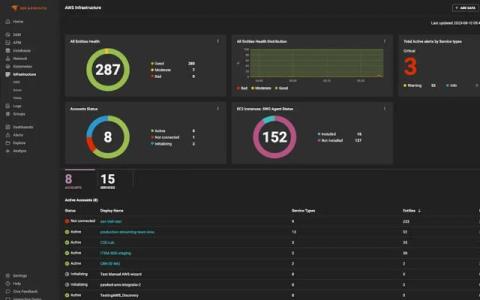SSL Certificate-How to Monitor and Manage Certificates
Maintaining data security is a top priority for any organization. Secure Sockets Layer certificates—usually called SSL certificates—are an important part of this effort. SSL certificates are small data files designed to prevent hackers from getting access to private business data as it passes between a website and a visitor’s browser.









